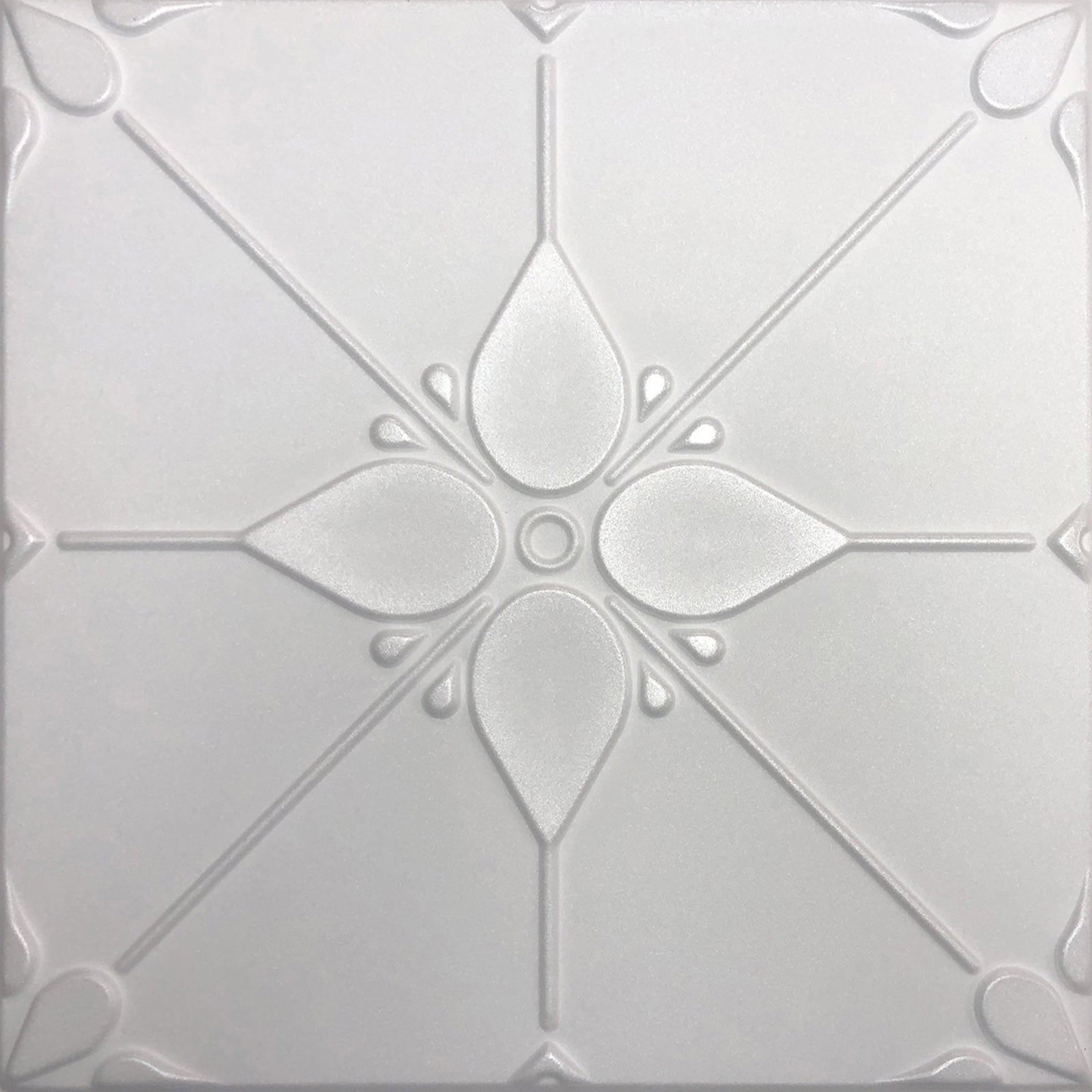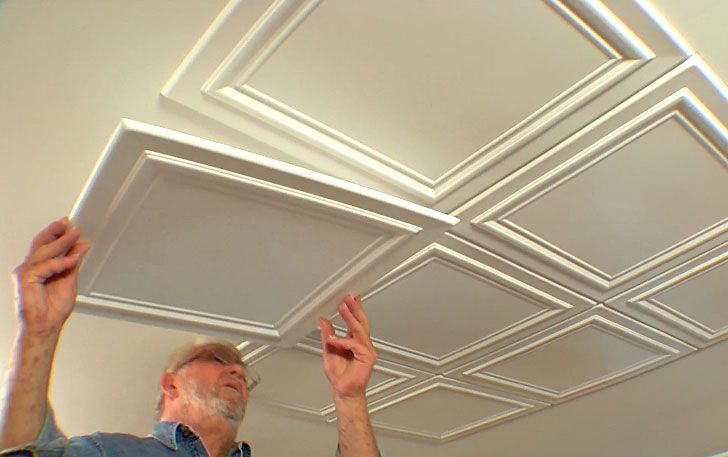

(To get up to speed on this old place you can check out my two last posts all about it! The Little House: A remodel plan and timeline, getting organized and The Little House: When a remodel timeline meets with reality)

I honestly was not sure how it would react to tape and mud, would that fall down eventually too? So I went back and forth in my head on what to do with it. They took down the rest of ceiling tiles (because they were going to come down eventually anyway) leaving the lovely ceiling that you see today. Half of the ceiling was laying in their living room. Well they crept up stairs to find that acoustic ceiling tiles cannot be held up with staples (into particle board) for many years before they all come crashing down. Was it a break in? Did a tornado come through? What on earth could have made so much noise?! I will never forget my sister-in-law telling me the story of how they went to the basement one night (to go to bed when they lived here over a decade ago) when a tremendous crash and insanity happened above them. After it was taped and mudded then acoustic ceiling tiles were stapled to the ceiling. Nope, that’s not sheet rock, its some kind of very old particle wood. This old place at one point was sheetrocked and professionally taped and mudded – the problem is they did not sheet rock the ceiling. Click to email a link to a friend (Opens in new window)Īfter you got past the horrific glare of the very pink foam insulation covered walls (and that EVERY THING was covered in spray foam) the next worst was probably the ceiling in the main room.Click to share on Pinterest (Opens in new window).Click to share on Tumblr (Opens in new window).Click to share on Twitter (Opens in new window).Click to share on Facebook (Opens in new window).When treating surface areas within any room, you must consider the usage and the amount of energy that will be placed within the room. is critical for music and voice and any technology that is used to absorb energy to manage music and voice must take this frequency range into consideration in order to satisfy speech intelligibility requirements. After 500 hz., the foam absorbs at 100% all the way up to 6,300 hz. frequency range and goes up through 500 Hz. If you examine our foam performance, you will see that it is designed to begin absorption at 125 Hz.

Let’s use our foam technology as an example. The level of absorption is how low in frequency the technology works at.

The rate of absorption is how much energy is absorbed per square foot a material type absorbs at. In order for this to occur, we must have the appropriate rates and levels of absorption. Our brains fill in the rest of the information we require for comprehension and understanding. We need to be able to hear 8 out of every 10 words within our test sentence. , we want to be able to achieve at least a 80% rate. Speech intelligibility is a measure of how many words you can hear clearly in a ten word sentence. Music and voice require special rates and levels of absorption in order to produce speech intelligibility.
Styrofoam ceiling tiles pro#
At Acoustic Fields, our Studio Pro Foam technology is designed specifically for music and voice. Instead of looking at styrofoam ceiling tiles, you need to be searching for acoustic foam material types.


 0 kommentar(er)
0 kommentar(er)
